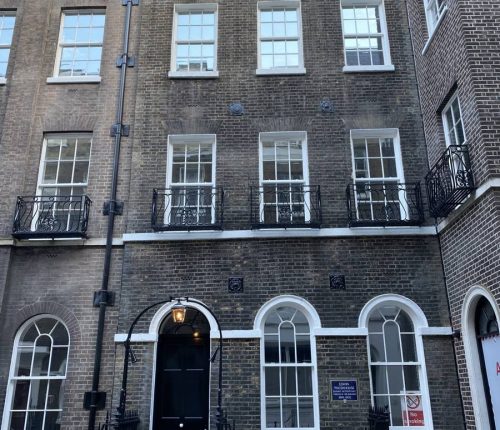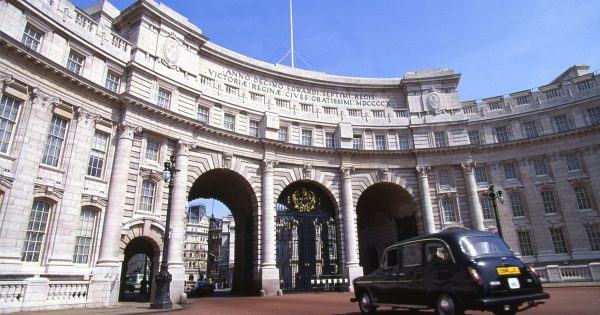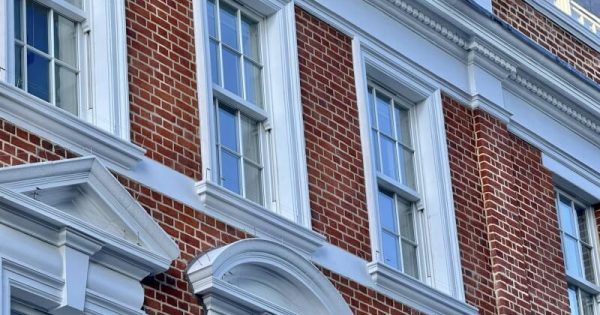Wed Dec 1
Sash windows are a hugely popular option for many homeowners across the UK – and modern sash windows bring with them both the best in modern manufacturing technology and classic design elegance. They were hugely popular in the Victorian era, when the design became commonplace across townhouses, stately buildings and many other places, many of which remain to this day. The sash window’s sliding vertical mechanism allows for greater space inside, as the windows would not impede movement indoors. But how did the modern sash come to be? What exactly is the history of sash windows?
Before the technology to manufacture glass sash windows was developed, most sash constructs were simple windows made out of wood. Great for keeping the house warm, not so good for natural light. Glazed windows were expensive to make and as such were left only for important buildings – churches, manor houses and so forth.
Historians aren’t exactly sure when sash windows with glass were invented, but we do know that The Queen Mother, Henrietta Maria had them installed in Somerset House in the 16th century after a visit to France. These early sashes were however, quite heavy and far from the elegant designs we’ve come to associate them with today.
A key development in the history of the sash window is, strangely enough, the Great Fire of London 1666. Ripping through the city, the Great Fire resulted in sweeping reforms in building regulations, as the protruding windows on London’s dwellings allowed the fire spread from building to building. Now, windows had to be built at least four inches deep, necessitating a change in design. That was a change that the sash was uniquely suited to.
British taxation laws were also key to the development of the sash. From 1696, there was a tax on glass that meant only the very rich could afford large panes of glass – leading to large panes being seen as a status symbol amongst the rich. The rest had to make do with smaller frames of glass, hence the trend for sash windows to be made of multiple small square frames. Despite this tax, glass continued to fall in price as technology and crafting methods improved.
By 1800, with the Industrial Revolution kicking into gear, most dwellings, even humble ones, were outfitted with glass windows of some sort. The glass tax was scrapped in 1845, leading to an even greater increase in the ability to install windows into a home (and isn’t that a mark of how far things have changed?).
Sash windows continued to grow in popularity throughout the Victorian era, though in the 20th century they began to fade away in popularity. However, they are currently experiencing a resurgence in popularity amongst homeowners in the UK, in particular for their excellent environmental and insulator performance. For homeowners looking to reduce their carbon output, they are often a go-to option, despite the expense and potential extra work if your window jambs are not suited to sashes.
If we can help you with your heritage window restoration project or you would like custom-made replacement “like for like” slim profile double glazed sash windows, please call TRC Windows, “Experts in Bespoke Timber Sash & Casement Windows Replacement & Restoration” on 01858 469 225 or send an email to info@trccontracts.com.





